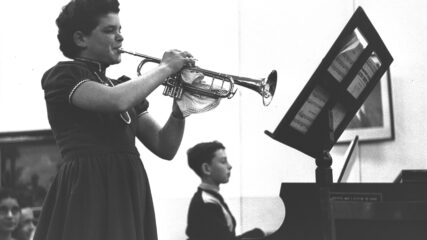December 20, 1976
Prime Minister Yitzhak Rabin fires two National Religious Party members, Religious Affairs Minister Yitzhak Rafael and Welfare Minister Zevulun Hammer, from the Cabinet and sees a third, Interior Minister Yosef Burg, resign, and Rabin drops the 10 NRP Knesset members from his Labor-led governing coalition. As a result, Rabin has a 57-member minority coalition in the 120-seat Knesset and faces a no-confidence vote from the opposition Likud. Instead, Rabin calls for a Knesset election in the spring, saying he “didn’t, nor do I, intend to remain the head of a minority government.”
Rabin acts against the NRP after Rafael and Hammer abstain on a no-confidence motion brought by the Orthodox Aguda bloc over the issue of work on the Sabbath. Rabin survived that motion on a 55-48 vote; Burg was among nine abstentions.
Tensions between the Labor Party and NRP have been a constant in the Rabin government and have intensified in 1976 over the prime minister’s decision to move a group of Gush Emunim settlers from the Samaria region. Members of the Religious Zionist NRP have warned of a day of reckoning if the Gush Emunim settlers are forcefully moved.
Israel also is experiencing an economic recession amid high inflation, and many senior government officials face accusations of corruption, frustrating the Israeli public. Rabin is forced to step down as Labor leader and prime minister in the spring of 1977 when his wife, Leah, faces prosecution for illegally keeping a bank account in Washington from her husband’s time as ambassador to the United States. Labor selects Shimon Peres to head its candidate slate April 11, and the party loses to Likud for the first time in the May 17 election



